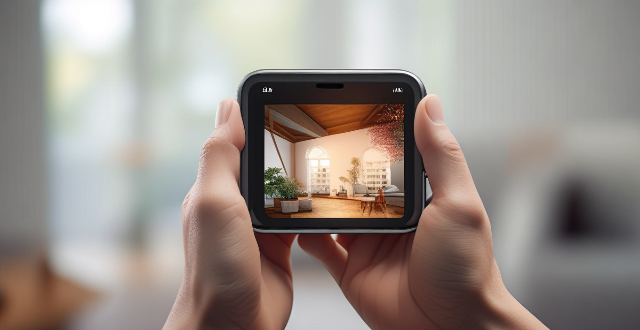The article provides a comprehensive guide on how to improve the quality of photos taken with a smartphone camera. It covers understanding camera settings, mastering composition techniques, considering lighting, utilizing accessories, post-processing tips, and emphasizing the importance of practice and experimentation. The author encourages readers to take lots of photos, experiment with angles, and learn from others to elevate their smartphone photography skills.

How to Improve the Quality of Photos Taken with a Smartphone Camera
1. Understand Your Camera Settings
- Resolution and Quality: Ensure your camera is set to capture the highest resolution possible. This will provide you with more details in your photos, allowing for better quality when zoomed in or cropped.
- Focus and Exposure: Learn how to manually adjust the focus and exposure on your smartphone. This can greatly improve the clarity and lighting of your photos.
- HDR Mode: Use High Dynamic Range (HDR) mode for capturing scenes with both bright and dark areas. It helps to balance the light in the photo.
2. Master Composition Techniques
- Rule of Thirds: Place your subject at one of the intersecting points of an imaginary grid divided into thirds to create a more balanced and interesting photo.
- Leading Lines: Use lines, paths, or patterns in your environment to lead the viewer's eye towards your main subject.
- Symmetry and Patterns: Look for symmetrical arrangements or repeating patterns which can make for visually appealing images.
3. Lighting Considerations
- Natural Light: Whenever possible, use natural light as it provides softer, more flattering illumination for your subjects.
- Avoid Harsh Lighting: Direct sunlight can cause overexposure and harsh shadows. Try to shoot in shaded areas or during golden hours.
- Use Reflectors: If shooting outdoors, use reflectors to fill in shadows and balance light on your subject.
4. Utilize Accessories
- Lenses: Invest in external lenses that can clip onto your smartphone. Options like wide-angle or macro lenses can expand your photography capabilities.
- Tripods: Use a tripod to steady your phone, especially useful for low-light situations or long exposure shots.
- Grips and Stands: These accessories can help you maintain stability and get a better grip on your phone while taking photos.
5. Post-Processing Tips
- Editing Apps: Use editing apps designed for smartphones to enhance your photos. Adjustments such as contrast, saturation, and sharpening can improve image quality.
- Crop and Straighten: Sometimes a simple crop or straightening the horizon line can dramatically improve the look of a photo.
- Consistency: Maintain a consistent style across your edits if you're aiming for a cohesive portfolio or social media feed.
6. Practice and Experimentation
- Take Lots of Photos: The more you practice, the better you'll understand how to use your smartphone's camera effectively.
- Experiment with Angles: Try shooting from different heights and angles to find unique perspectives for your photos.
- Learn from Others: Study photos taken by professionals and enthusiasts alike to gain inspiration and learn new techniques.
By following these tips, you'll be able to elevate the quality of your smartphone photography and capture stunning images regardless of where you are. Remember, great photography is about seeing the beauty in the everyday and knowing how to best capture that moment with the tools you have at hand.